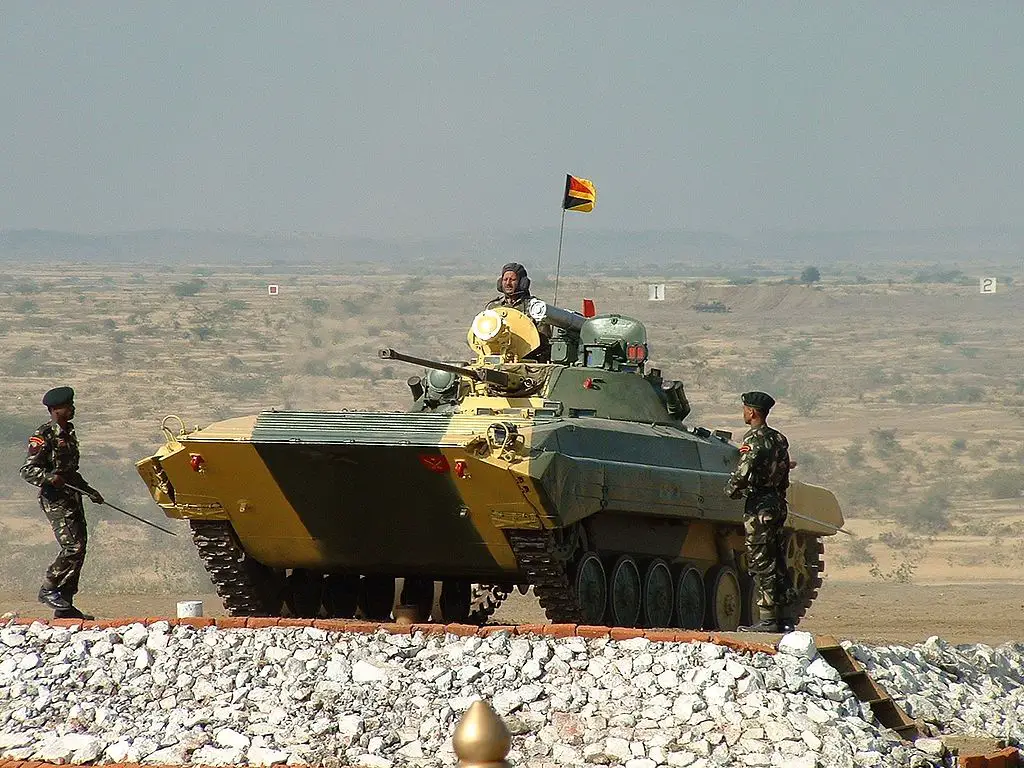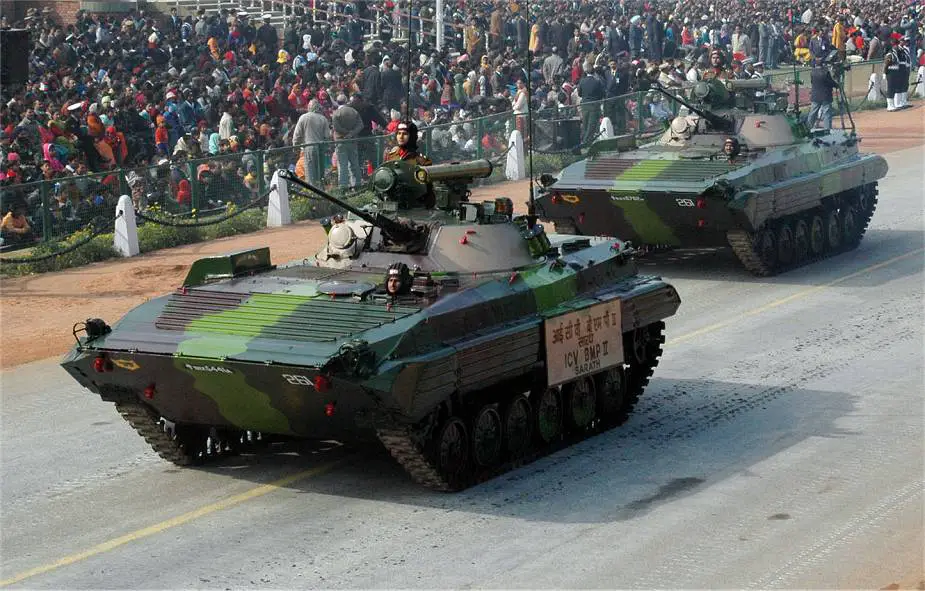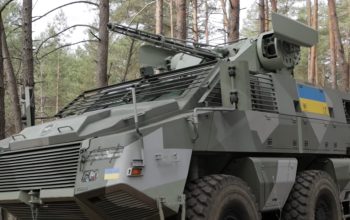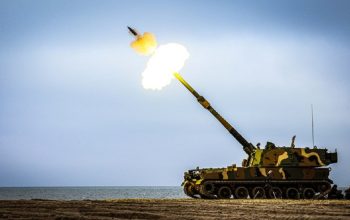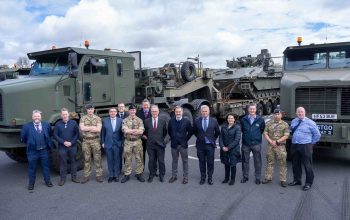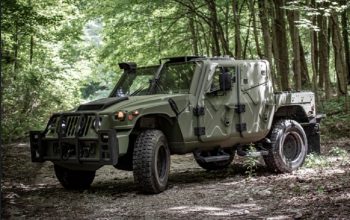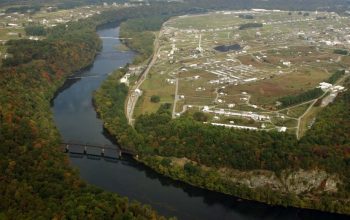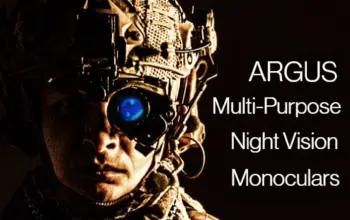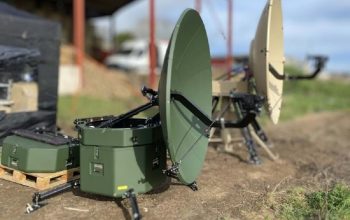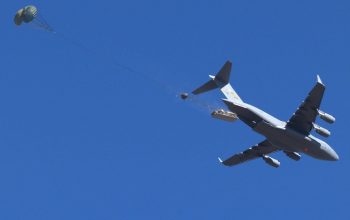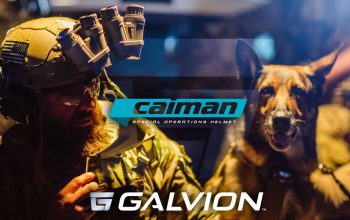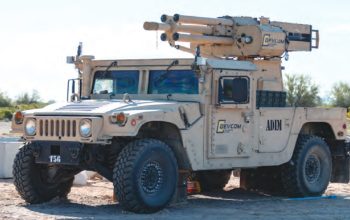India’s defense industrial conglomerate Ordnance Factory Board (OFB) reported that India’s Ministry of Defence (MoD) has approved the procurement of 156 additional licence-built BMP-2 ‘Sarath’ infantry combat vehicles (ICVs) for the Indian Army from OFB for INR11.25 billion (USD148 million). Production of the ICVs will be undertaken by Ordnance Factory Project Medak (OFPM) in southern India. The OFM did not detail the type of the BMP-family IFV to be bought; however, the company is known to have been producing BMP-2 and BMP-2K under a Soviet/Russian license since 1987. India had produced some 2,500 IFVs and in 1984, India obtained a license to produce 3,000 BMP-2s.
The BMP-2 ‘Sarath’ is powered by a 300-hp engine, producing a road speed of up to 65 km/h and a swimming speed of up to 7 km/h. The vehicle runs over a 35° slope and crosses a 0.7 m trench, the manufacturer claims. Due to its low weight, BMP-2 Sarath can be easily transported by an airlifter. The Sarath’s armament suite comprises a 30 mm automatic cannon, a coaxial 7.62 mm general-purpose machinegun (GPMG), a 2nd-generation anti-tank guided missile (ATGM), and several smoke grenade launchers. The BMP-2 Sarath can engage both land and low-flying aerial targets. The plant also produces a number of BMP-2-based systems, including medical evacuation, self-propelled mortar, reconnaissance vehicle and armoured engineer vehicle.
The BMP-2 (Boyevaya Mashina Pekhoty) is a second-generation, amphibious infantry fighting vehicle introduced in the 1980s in the Soviet Union, following on from the BMP-1 of the 1960s. In the Soviet Army, BMPs were typically issued to the motor rifle battalions of tank regiments. In a typical motor-rifle division, one motor-rifle regiment had BMPs, the other two had wheeled BTRs. The BMP-2 is amphibious with little preparation, using hydrodynamic fairings to convert track momentum into water jets. Peacetime regulations require that any BMPs entering water must have a working radio set, since its bearings are not airtight and it can be carried away by currents in case of loss of engine power.
